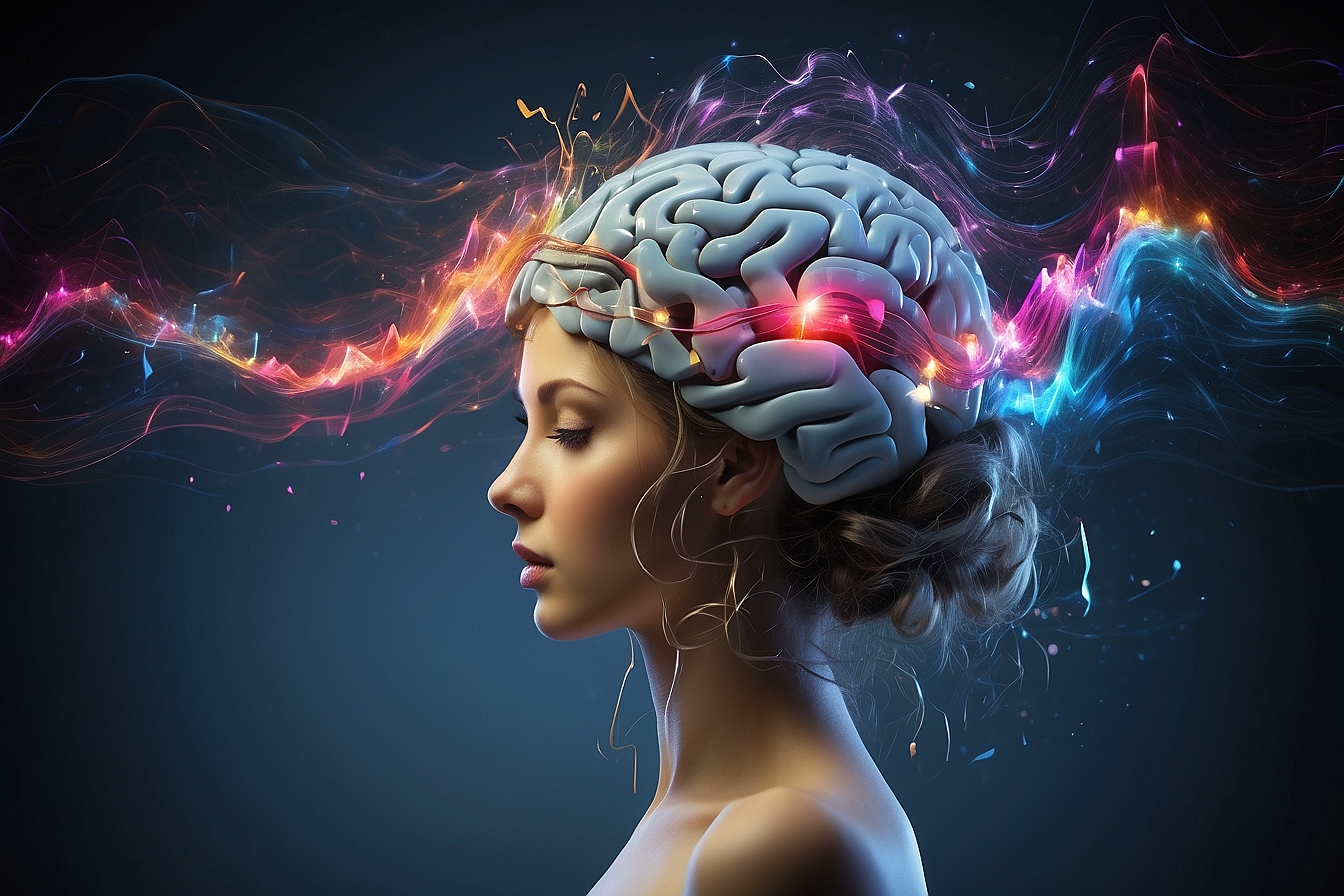
Attention Deficit Hyperactivity Disorder (ADHD) is a neurodevelopmental disorder that affects millions of people worldwide.
ADHD is characterized by symptoms such as inattention, hyperactivity, and impulsivity.
While the exact cause of ADHD is not known, research has shown that individuals with ADHD have different brain waves than those without the disorder.
In this article, we will explore the impact of ADHD brain waves on daily life and strategies for managing them.
Do people with ADHD have different brain waves?
Yes, people with ADHD have different brain waves than those without the disorder.
According to a study, individuals with ADHD were found to have abnormal brain wave patterns.
Specifically, their theta waves (associated with relaxation) are high, suggesting a state of drowsiness and daydreaming.
It is not surprising, therefore, that activities associated with beta waves, such as watchful anticipation and problem-solving, are difficult for individuals with ADHD to sustain.
They prefer activities that permit them to stay in a theta state with a minimum of outside stimulation.

How ADHD affects brain waves
ADHD affects brain waves by altering the balance of neurotransmitters in the brain.
Neurotransmitters are chemicals that transmit signals between neurons in the brain.
In individuals with ADHD, there is a problem with dopamine regulation in the brain.
Dopamine is a neurotransmitter that plays a key role in reward-motivated behavior, attention, and motor control.
The imbalance of dopamine in the brain leads to the symptoms of ADHD, including inattention, hyperactivity, and impulsivity.
The role of neurotransmitters in ADHD
ADHD involves an intricate interplay of neurotransmitters within the brain, with dopamine, norepinephrine, and serotonin playing pivotal roles.
Dopamine is crucial for attention regulation, and its dysregulation contributes to the manifestation of ADHD symptoms.
Norepinephrine, another neurotransmitter, is instrumental in governing attention and responses to stimuli.
Simultaneously, serotonin, a key player in mood, sleep, and appetite regulation, also influences ADHD.
The disorder arises from an imbalance in these neurotransmitters, disrupting the intricate neural communication that underlies attention, response control, mood, and other essential functions.
This intricate neurochemical dance underscores the multifaceted nature of ADHD.

Impact of ADHD Brain Waves on Daily Life
The influence of ADHD brain waves extends beyond the neurological realm, significantly affecting various aspects of daily life.
Individuals grappling with ADHD often encounter challenges in academic, professional, social, and interpersonal spheres due to the consequences of this disorder.
Task-focused activities become demanding as they grapple with difficulties in concentration, thought organization, and timely completion of assignments.
Additionally, navigating social interactions and sustaining relationships poses hurdles due to impulsivity and hyperactivity associated with ADHD.
In essence, the impact of ADHD brain waves reverberates through multiple facets of life, creating a complex web of challenges that individuals with ADHD navigate on a daily basis.
Strategies for Managing ADHD Brain Waves
While there is no cure for ADHD, there are strategies that can help manage ADHD brain waves.
Here are some tips for managing ADHD brain waves:
Understand and accept ADHD
It’s crucial to acknowledge ADHD as a neurodevelopmental disorder.
This understanding can significantly reduce feelings of shame or guilt often associated with the condition.
Embracing ADHD as part of one’s identity fosters self-compassion, creating a foundation for effective management.
Use tools and technology
Numerous tools and technologies are available to assist individuals in managing ADHD symptoms.
For instance, leveraging apps like Obsidian for note-taking and organization can enhance productivity and streamline daily tasks.
Integrating such tools into daily routines can be a game-changer.
Develop coping mechanisms
Cultivating coping mechanisms is essential for handling ADHD symptoms.
Mindfulness techniques, regular exercise, and deep breathing exercises have proven effective in mitigating the challenges associated with ADHD.
These practices contribute to improved focus, emotional regulation, and overall well-being.
Seek support and resources
Don’t hesitate to reach out for support and resources tailored to ADHD management.
Engaging in therapy, working with coaches specializing in ADHD, and participating in support groups provide valuable guidance.
These resources offer practical advice, coping strategies, and a supportive community, enhancing the ability to navigate ADHD challenges effectively.

Conclusion
ADHD brain waves significantly impact daily life, but effective strategies can manage symptoms.
Recognizing and accepting ADHD is crucial for self-compassion. Tools like the Obsidian app aid organizations, while coping mechanisms like mindfulness and exercise enhance focus.
Seeking support through therapy and ADHD-specialized resources fosters a proactive approach.
By incorporating these strategies, individuals can improve their quality of life and effectively manage ADHD symptoms.
FAQs
ADHD is a neurodevelopmental disorder characterized by symptoms such as inattention, hyperactivity, and impulsivity.
ADHD affects brain waves by altering the balance of neurotransmitters in the brain, leading to abnormal brain wave patterns.
Strategies for managing ADHD brain waves include understanding and accepting ADHD, using tools and technology, developing coping mechanisms, and seeking support and resources.



